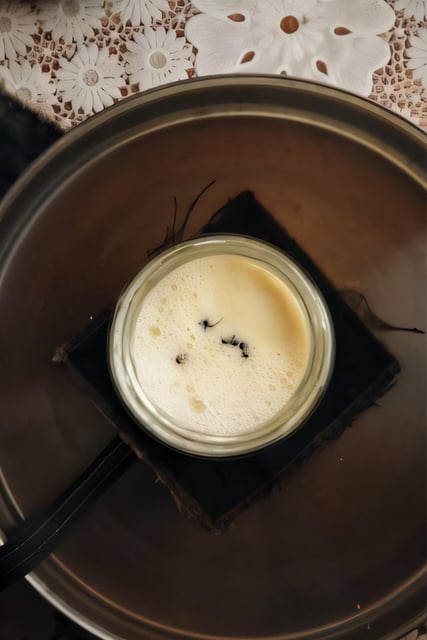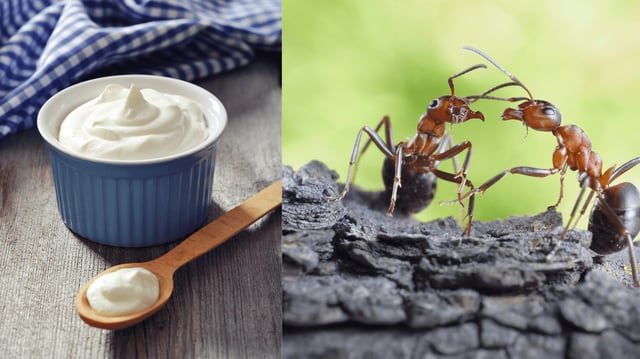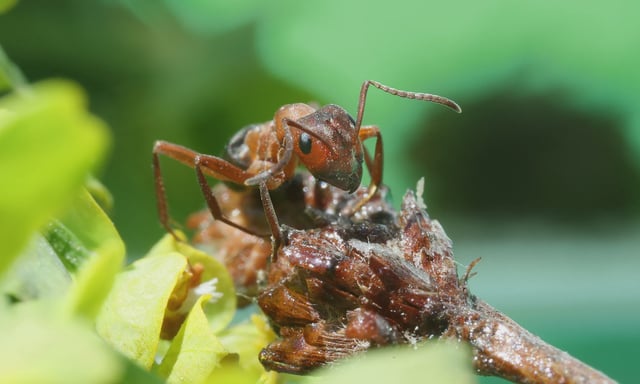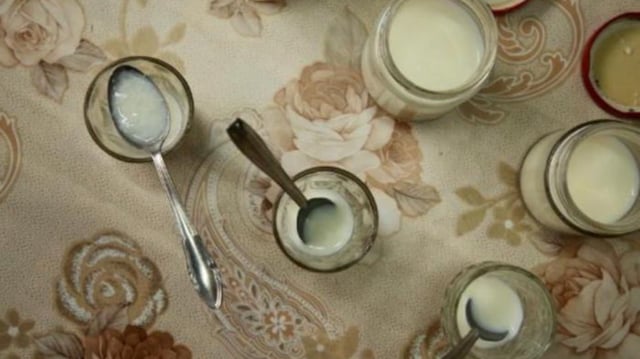Overview
- Researchers replicated a Bulgarian tradition in Nova Mahala by adding four live red wood ants to scalding raw milk and incubating the jar overnight inside an ant mound.
- The milk thickened and reached roughly pH 5 by the next day, producing an early-stage yogurt described as tangy and herbaceous with notes of grass-fed fat.
- Microbiome and HPLC analyses identified lactic and acetic acid bacteria, abundant ant-derived formic acid, and Fructilactobacillus sanfranciscensis, a species also known from sourdough.
- Proteomic data showed casein-cleaving proteases from the ant holobiont, helping explain firm texture despite a higher-than-typical yogurt pH.
- Live ants consistently seeded the desired community and spring collections outperformed autumn samples, chefs at Alchemist demonstrated culinary uses, and the authors caution against home attempts due to parasite risk.



